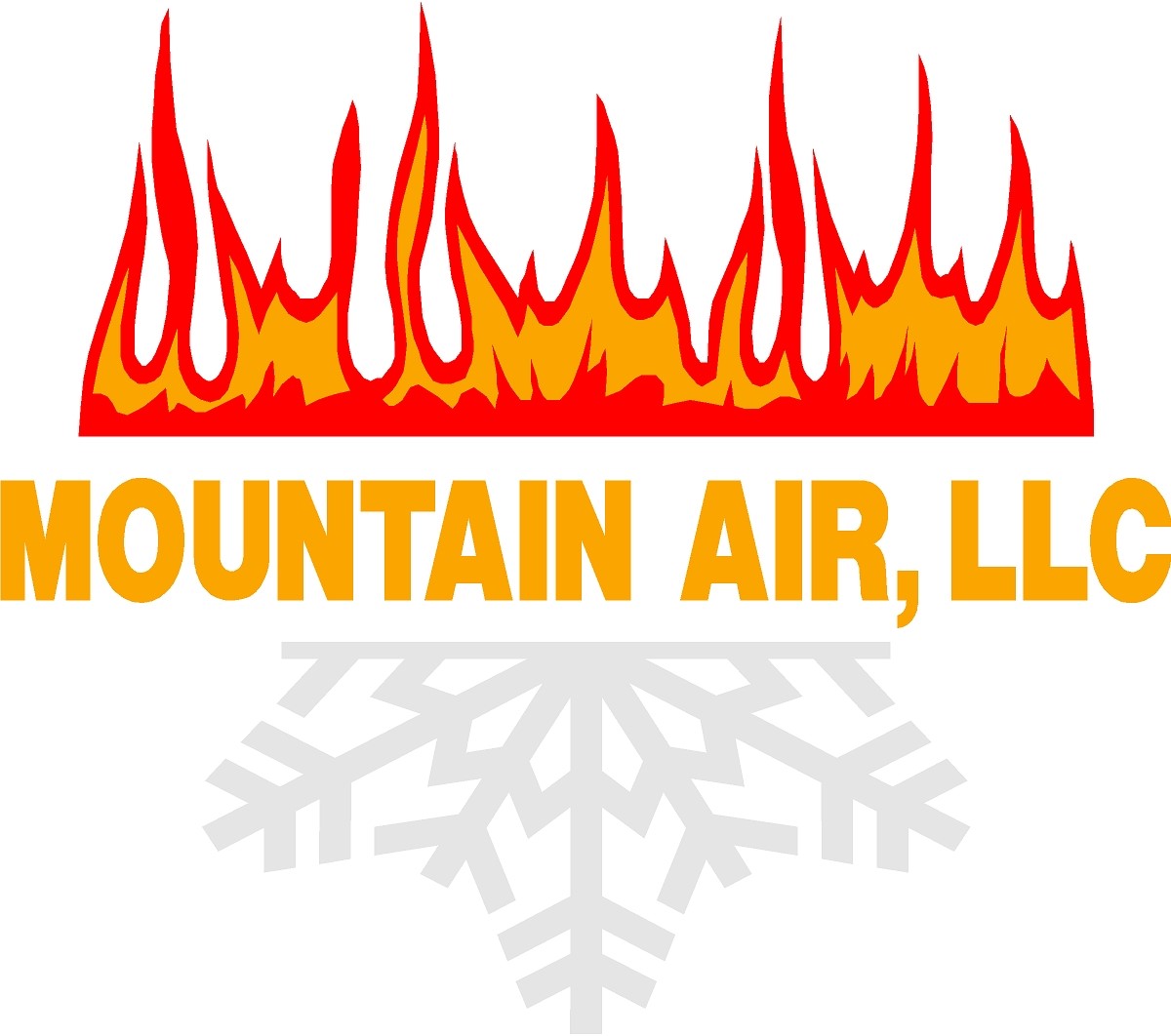
You shouldn’t be forced to sacrifice comfort or empty your wallet to keep your residence at a refreshing temp during the summer.
But what is the right temp, exactly? We review ideas from energy experts so you can select the best setting for your residence.
Here’s what we advise for the most energy-efficient setting for air conditioning in Morgantown.
Recommended Thermostat Settings for Summer
Most families find setting the thermostat at 72-73 degrees is ideal. However, if there’s a major difference between your interior and outdoor temperatures, your electricity expenses will be higher.
These are our suggestions based on the U.S. Department of Energy (DOE) and ENERGY STAR®.
While at home: 78 degrees. While that sounds hot, there are methods you can keep your home cool without having the air conditioning going frequently.
Keeping windows and curtains closed during the day keeps cool air where it belongs—within your home. Some window treatments, such as honeycomb shades or plantation shutters, are made to give added insulation and improved energy savings.
If you have ceiling fans in your home, the DOE says you can move thermostat temperatures about 4 degrees warmer without giving up comfort. That’s due to the fact they refresh by a windchill effect. Since they cool people, not areas, shut them off when you move from a room.
If 78 degrees still appears too warm on the surface, try conducting an experiment for about a week. Get started by upping your temperature to 78 degrees while you’re home. Then, steadily turn it down while adhering to the tips above. You might be shocked at how comfortable you feel at a higher temperature setting.
While away: 88 degrees. There’s no need to keep the air conditioner running all day while your house is empty. Switching the temperature 7–10 degrees hotter can save you an estimated 5–15% on your AC bills, according to the DOE.
When you get home, don’t be tempted to set your thermostat under 78 to cool your home faster. This isn’t effective and often results in a bigger electrical bill.
A programmable thermostat is a helpful approach to keep your settings in check, but it requires setting programs. If you don’t utilize programs, you run the risk of forgetting to raise the set temperature when you take off.
If you want a handy solution, think over installing a smart thermostat. This thermostat works with with your phone, so it is aware when you’re at home and when you’re out. Then it intuitively modifies temperature settings for maximum savings. How much exactly? An estimated $180 each year on heating and cooling, according to ENERGY STAR.
Another advantage of having a smart thermostat? You can use your phone to monitor and adjust temperature settings from nearly anywhere.
While sleeping: Around 70 degrees. While ENERGY STAR suggests 82 degrees, that might be too uncomfortable for many families. Many people sleep better when their sleeping space is chilly, so that’s why the National Sleep Foundation advises 60–67 degrees. But that could be too cool, based on your PJ and blanket preference.
We advise trying an equivalent test over a week, moving your thermostat higher and progressively lowering it to locate the right temp for your residence. On mild nights, you might discover keeping windows open at night and relying on a ceiling fan is a better idea than running the air conditioning.
More Methods to Use Less Energy During Warm Weather
There are added approaches you can save money on energy bills throughout warm weather.
- Buy an energy-efficient cooling system. Central air conditioners only work for about 12–15 years and get less efficient as they age. An upgraded air conditioner can keep your residence cooler while keeping electrical bills low.
- Set yearly air conditioner tune-ups. Annual air conditioner maintenance keeps your equipment running like it should and may help it operate at better efficiency. It could also help prolong its life expectancy, since it helps pros to find seemingly insignificant issues before they lead to a major meltdown.
- Switch air filters regularly. Read manufacturer instructions for switching your air filter. A clogged filter can cause your system to short cycle, or run too often, and increase your electricity.
- Inspect attic insulation levels. Just about 90% of houses in the United States don’t have enough insulation, according to the Insulation Institute. The majority of southern climates should have 13–14” of attic insulation, while northern climates need 16–18”.
- Have your ductwork examined. Ductwork that has separated over time can leak cold air into your attic, walls or crawl space. This can result in huge comfort troubles in your home, like hot and cold spots.
- Seal openings, doors and windows. Keep hot air in its place by closing holes. You can also caulk or weather strip doors to seal more cold air indoors.
Save More Energy During Warm Weather with Mountain Air
If you are looking to use less energy during warm weather, our Mountain Air specialists can provide assistance. Give us a call at 304-413-1287 or contact us online for more information about our energy-saving cooling options.
